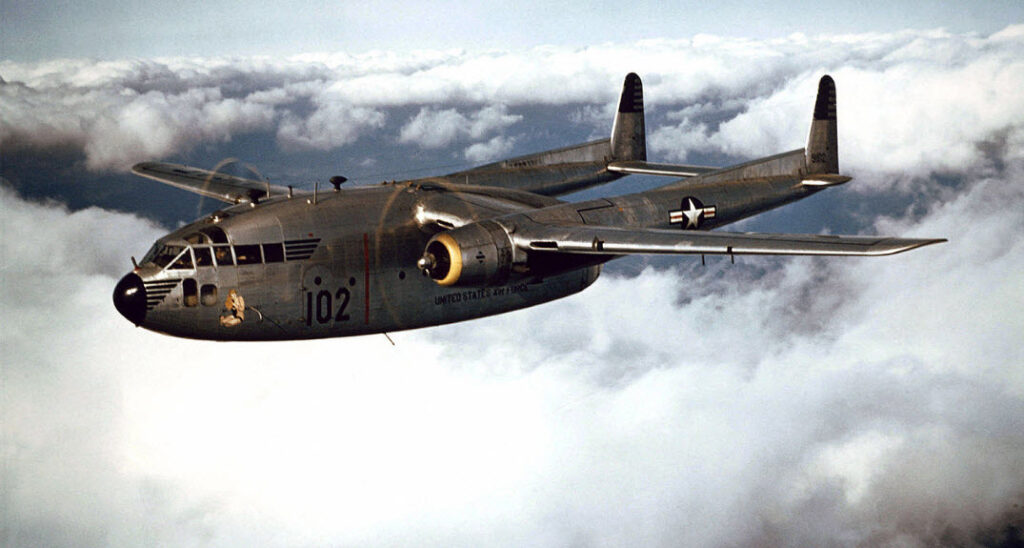
The Spider Web trials were followed in 1954 by intensive tests on a single link, built in the Eastern Townships for Bell who had by this time been given the go-ahead for the implementation of the Mid-Canada Line. Whitehead jointly developed the theoretical background for the work in a major report to DRB. The tests revealed a great deal about the spectral ‘signatures’ of aircraft crossing the line at different points, and demonstrated the capability to detect all sizes of aircraft from 100 ft to over 40,000 ft in altitude.
#Dew lin ephotos 1950s series
Hubert arranged for a series of different aircraft to fly through the network, including an Auster light aircraft, a T-33 Shooting Star, an Avro Lancaster bomber and even a recently acquired de Havilland Comet jet transport. Andrew Matthews of the 104 Communications Flight at RCAF St. All observations were transmitted to and made in the line HQ, which was set up in the equipment hut of one of the seven stations in Deep River.
#Dew lin ephotos 1950s code
Known under the code name of "Spider Web", the tests were made with aircraft from Air Defence St. The testing was performed in the summer of 1953, when Whitehead and his team of RCA Victor and RCAF personnel installed and operated a string of seven stations stretching from Ottawa to Mattawa along the Ottawa River valley. In the meantime RCA Victor had been brought in by the DRB to design and produce the receivers, transmitters and antennae for tests on a substantial scale. Some preliminary tests were made in 1952 with 'breadboard' hardware, built by a graduate student, Hugh Hamilton, in order to confirm the validity of the idea. Rennie Whitehead as project leader, working for the University on behalf of the Defence Research Board. Lewis suggested to DRB and Woonton that he put the project in the hands of Associate professor, Dr. The DRB decided to pursue Lewis’ idea in 1950-51 by directing a research contract to the Eaton Electronics Research Laboratories of McGill University, headed by Professor Garfield Woonton.

Lewis' design would be able to see any aircraft from ground level up to 65,000 ft. This not only allowed one of the lines to cover the dead points directly over the antennas of the other, but also allowed the location of the aircraft to be determined within 30 km depending on which pair of beams were broken – a distance well within the detection ranges of interceptor aircraft radar. Lewis proposed a system in which two overlapping lines of stations would be set up, forming a continuous "fence". The major disadvantage of the system is that it did not indicate the aircraft's location within the beam, simply an indication of which beam had been "broken". Compared to the existing Pinetree radars, Lewis' system would require much smaller sites and less power. In a bistatic radar the signal is continually broadcasting and even tiny changes in the frequency can be seen and amplified, so a much smaller signal is needed. To ensure the reflections have enough energy to be detected, each pulse has to be extremely powerful. A conventional pulse radar spends most of its time turned off, listening for the reflections of its own signal. Since the system relied on the speed of the aircraft to "shift" the frequency due to the Doppler effect, the radar could be aimed at static objects like the ground although a signal would be reflected and received, since the ground is not moving this signal has no frequency shift and can be easily filtered out.Īnother advantage of the system is that it requires much less power to operate effectively. Any aircraft flying between the antennas would be detected when it entered the beam, causing the received signal to change. Known today as a " forward scatter bistatic radar", it used two antennas, a transmitter and receiver, separated by about 60 km. Lewis, head of the AECL Chalk River Laboratories and former Chief Superintendent of the UK Telecommunications Research Establishment (TRE) had proposed to the Defence Research Board (DRB) a Doppler radar system that avoided both of these problems. This made the Pinetree Line's usefulness somewhat suspect even before it had become operational.ĭr.


They would eventually be seen as they approached the stations, but possibly so late that there would be no possibility of intercepting them. Although expensive in terms of fuel use, it would be possible for Soviet bombers to evade detection by flying lower. Additionally the Pinetree systems used "old" pulse-based radars that were fairly easy to jam and were unable to detect targets close to the ground due to scattering. By the time it detected a potential attack by jet-powered aircraft, there would be little time to do anything before the attack reached Canadian or northern U.S. Construction of the Pinetree Line had only just started when air planners started to have concerns about its capabilities and siting.


 0 kommentar(er)
0 kommentar(er)
